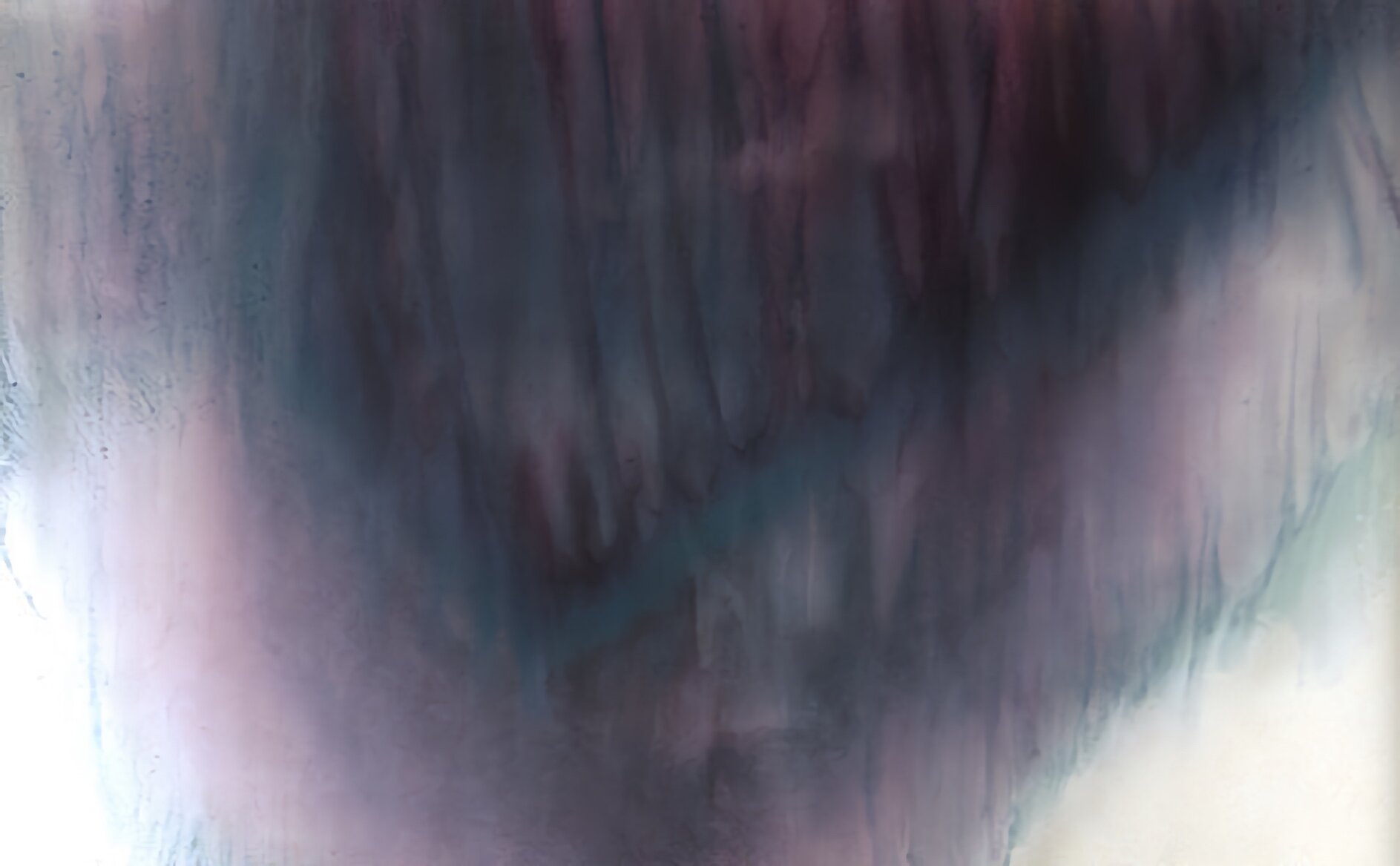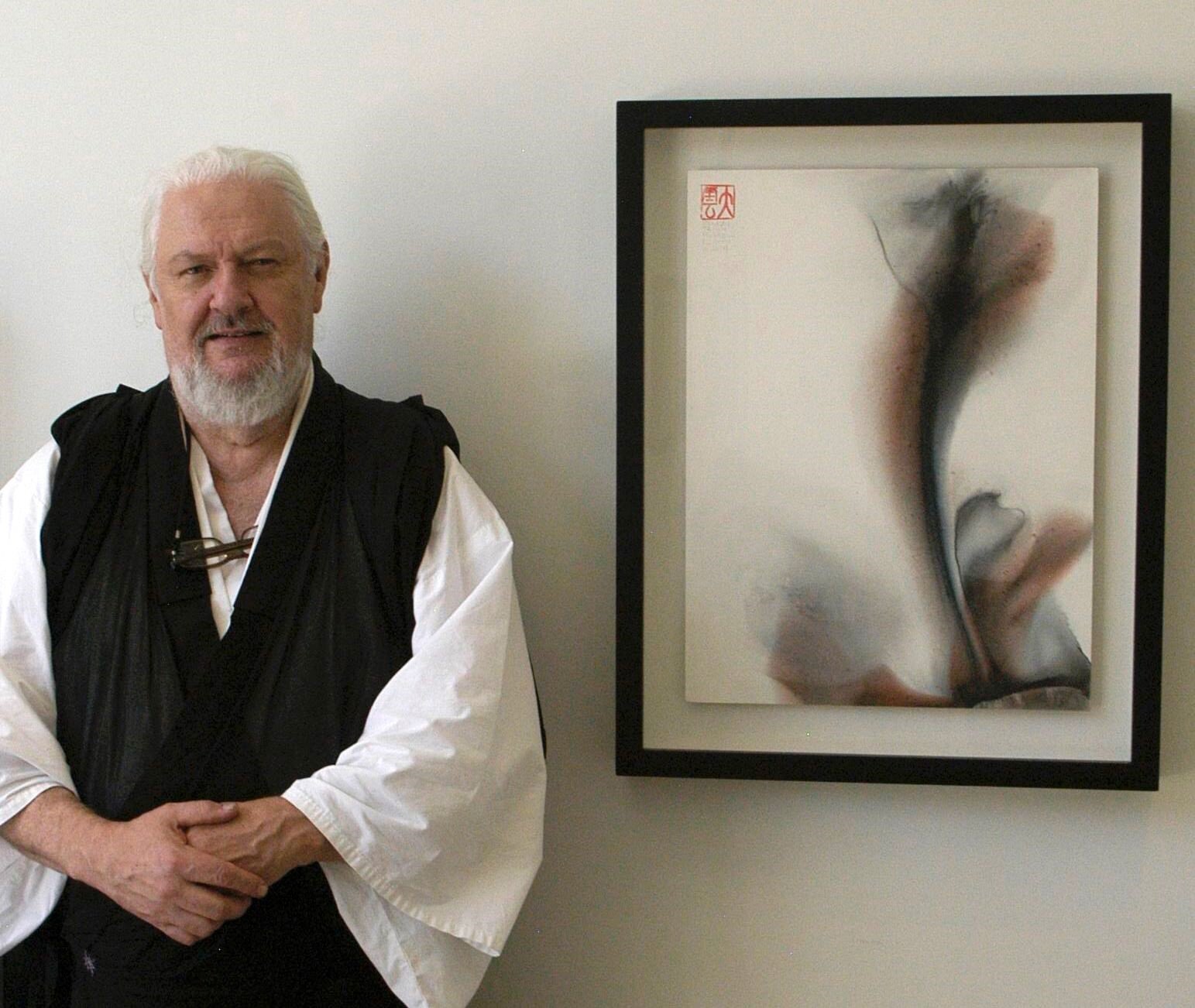22. Heart Sutra Quartet 2: Given Emptiness
SUBSCRIBE TO UNMIND:
RSS FEED | APPLE PODCASTS | GOOGLE PODCASTS | SPOTIFY
Given emptiness,
emptiness is a given.
It is not nothing.
The next section of the Heart of Great Wisdom Sutra extends the embrace of emptiness to encompass the senses, our original state of being born into ignorance, along with some implications for life and death, as well as for suffering itself:
Therefore given emptiness
there is no form no sensation no perception no formation no consciousness
Given the reality and context of emptiness, Sanskrit’s shunyatta — meaning that while the form or appearance of our perceptual and conceptual grasp of reality seems persistently solid and dependable — we know that the rest of the story is that all is impermanent, insubstantial in the absolute sense, and imperfect, at least in the limited view of humanity. This is the meaning of all the “no”s in this stanza, not an outright denial of reality. The five components in the quintet of skandhas are real, but we do not fully comprehend their nature.
Realization necessarily begins with, and includes, the Five Aggregates, or skandhas in Sanskrit, which comprise an early, sweeping gloss on the inchoate science of biology, and its doppelgänger, psychology.
Form is the material world, appearance is how we human beings perceive it. Further, any sentient being, regardless of its position on the food chain, is to some degree conscious of form, or the material world.
This awareness arises primarily through sensations experienced in interface with their world, whether earthworm or human. Sensation is the energetic level of the material world, our neurological systems being tuned to greater or lesser degrees to portions of the electromagnetic spectrum.
Raw sense data engenders perceptions of that world, including resulting attachments and aversions. Which lead to conceptions about it that may evolve over time. Conception may actually trump perception, an indicator of the power of the discriminating mind. The worst-case scenarios include episodes of PTSD and mass hypnosis found in cult settings.
Each sentient being is also driven by underlying motivations or desires, including the survival instinct and the influence of DNA. For human beings, striving after Maslow’s hierarchy of basic needs tied to physical comfort and wellbeing, as well as socially conditioned impulses toward fame and fortune, status and power, and the rest, are thrown into the mix.
Finally, consciousness itself is regarded as likewise comprised of a heap of components in aggregate form, and similarly subject to impermanence, insubstantiality and imperfection like the others. We are conscious of the other four skandhas, but are also conscious of being conscious. This gives human beings an extra twist, a more complex koan to solve than chickens, cats, dogs, or cows. We are the only sentient beings that can get this wrong. The sutra goes on to declare:
no eyes no ears no nose
no tongue no body no mind
no sight no sound no smell no taste no touch no object of mind
Just in case we did not get the point that if perception is in some sense empty of self-being, then so must also be the senses themselves, through which perception works. As this idea is so counter-intuitive, it bears repetition to drive it home. Yes, we are saying that your very sensory grasp of your own reality is somehow askew. You cannot trust the evidence of your own senses, as in the trope, “What are you going to believe — me, or your lying eyes?”
Not only is the absolute existence of the organs of consciousness called into question (there is no such thing as an eye or an ear existing in isolation on its own), the sensory world that they call into being is challenged, as well. It suggests that we only imagine the sights, sounds, smells, tastes, and tactile sensations we experience, not to mention the mental constructs that we imagine them to reveal.
This theory actually finds some validation in modern perceptual studies and scanning exercises in brain science, which indicate that the mind deconstructs and reconstructs raw sense data. This process is taken to be an effort to normalize our worldview in the face of ever-changing stimuli. The mind system brings order out of chaos. Just in case it still didn’t sink in, the sutra goes on to remind us that the whole realm, in Sanskrit dhatu, of each sense — each of which is tripartite, including the organ, its object, and the field in which it operates — is also without substantial or permanent — let alone perfect — existence:
no realm of sight — no realm of mind consciousness
The two sense fields mentioned here, sight and consciousness, represent the whole spectrum of sensory realms and the aggregates combined, for the sake of brevity, sometimes rendered as “and all the rest…” The point is that the whole shebang is marked by emptiness, no exceptions to the rule. Everybody plays the fool. Then the upside to this rather unnerving set of assertions:
There is neither ignorance
nor extinction of ignorance
neither old age and death
nor extinction of old age and death
no suffering no cause no cessation
no path no knowledge and no attainment
Incidentally, you may have noticed that I had to take a breath there in a couple of spots. This points out that no one can chant the sutras alone. Only a group can chant the sutras. When I miss a beat or a syllable because I am taking a breath, someone else chants it.
The good news here is that the seemingly bad news of the emptiness principle demolishing our cherished idea of ourselves applies also to the downsides of existence — namely such all-time pet peeves as ignorance, old age and death, and the Four Noble Truths themselves: suffering, its cause, the hoped-for cessation of suffering, and the Path to its realization. We are also asked to accept that there is no essential or secret knowledge that we are lacking, and nothing that we can attain, when it comes right down to it. Zero sum game.
This should lead to a deep sigh of relief, properly understood. Whatever ignorance we suffer from is, at best, a relative kind of ignorance, in that that which we do not know, or indeed cannot know, is not really what we need to know. We already know all that we need to know, whether we know it or not. This is the basis of Zen’s trusting in mind, as the first historical Ch’an poem assures us. In zazen, we develop confidence in the wisdom of the body, to teach us the posture, to do the breathing, and to show us the Great Way.
This also suggests that while the problem of birth, aging, and death is the most central concern of Zen and Buddhism, we do not really understand them. We do know birth, in the sense that we all experienced it as the gate to this conscious existence. But our neurological development at that time, and the sheer trauma of coming out of the womb and into this cold, cruel world — like a fish out of water — was surely so severe as to be forever suppressed in our cellular memory. We don’t know death, as far as we can tell, but it must resemble birth, both in degree and kind. The two are complementary bookends of what we call life, but that convention ignores a lot of the before and after.
The sutra assures us that there is neither old age and death nor any extinction of old age and death. What seems a contradiction is instead a truism. When did aging begin? When was there never any dying? I have heard that the cells of our body are constantly dying and being replaced. There is nothing that stays alive separate and exempt from that process. It may be possible to extend life indefinitely by artificial means someday, such as replacing body parts as the body is now replacing them one cell at a time. But you have to ask yourself, witnessing the aging process on a daily basis, would you really want to live forever, even if you could? The life of Buddha is said to comprehend both birth and death in one continuum. This is a fundamental koan articulated by the Heart Sutra. Do your best to penetrate it, in this lifetime if at all possible. Nothing is more important.
Zenkai Taiun Michael Elliston
Elliston Roshi is guiding teacher of the Atlanta Soto Zen Center and abbot of the Silent Thunder Order. He is also a gallery-represented fine artist expressing his Zen through visual poetry, or “music to the eyes.”
UnMind is a production of the Atlanta Soto Zen Center in Atlanta, Georgia and the Silent Thunder Order. You can support these teachings by PayPal to donate@STorder.org. Gassho.
Producer: Kyōsaku Jon Mitchell



